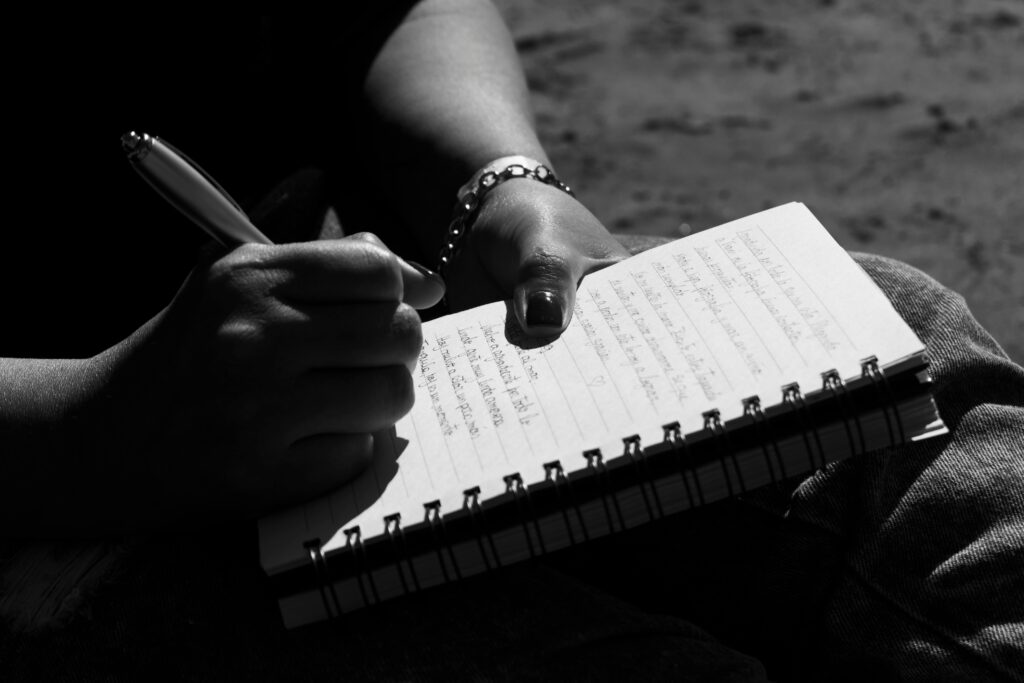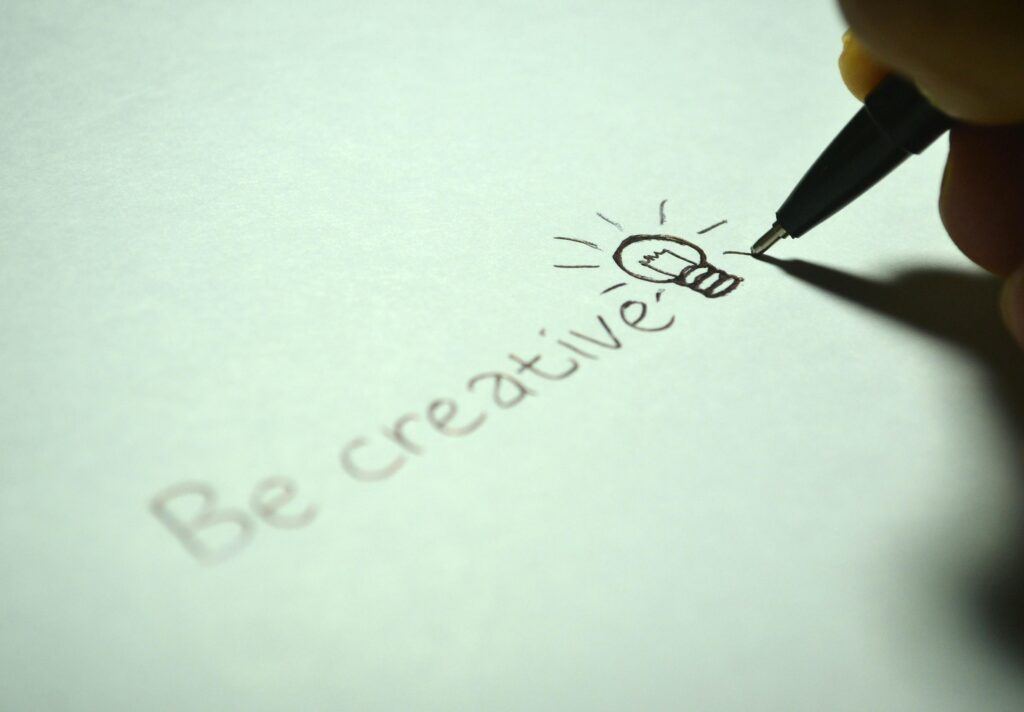Behind every great translated book, poem, or film script is someone performing a delicate, often invisible dance—balancing deep intellectual thought with the fast-paced demands of language. Welcome to the translator’s dilemma, where every word is a decision and every sentence a battleground between fidelity and fluidity.
This isn’t just word-swapping—it’s high-stakes cultural interpretation.

🧠 The Thinker’s Role: Deep Dive Into Meaning
Before a single word hits the page, a translator becomes a reader, philosopher, historian, and cultural anthropologist all at once. They must decode the original text—not just the language, but the intention.
Is the tone ironic or sincere? Is the phrase rooted in folklore, politics, or a private joke only locals would get? Every choice starts with a question: What does this really mean?
This is the part most people never see—the deep thinking before the doing.
✍️ The Doer’s Job: Writing With Restraint and Freedom
Once understanding is in place, the translator transforms into a writer. Now comes the doing. Words get shaped, metaphors re-forged, and sentences reborn for a new linguistic landscape.
This is where instinct meets intellect. It’s about finding the balance between preserving the author’s voice and making the story land powerfully with a new audience. The best translators disappear into the text, letting the message shine through as if it were written natively.

⚖️ Between the Lines: The Translator’s Daily Challenges
- 🧩 Untranslatable Words: Ever tried explaining “hygge” or “duende”? Translators often wrestle with words that have no direct equivalent.
- 🧠 Context Is King: A single word can have five meanings—context decides which one wins.
- 🪞 Voice and Intent: Staying true to the author’s tone while ensuring readability in the new language.
- 🔄 Cultural Transfer: Adapting metaphors, references, or idioms to resonate with the target audience without losing the original spirit.
💬 Frequently Asked Questions
Q: Why is translation more than just replacing words?
A: Because language carries culture, tone, rhythm, and subtext. Translators have to translate the soul of the work, not just its skin.
Q: What kind of mindset do translators need?
A: A mix of analytical sharpness and creative flair. They must be precise, empathetic, and endlessly curious.
Q: Do machines help or hurt this process?
A: Machine translation can assist with speed, but it still can’t touch human nuance. Translating a novel or poem? That’s still a human gig.
Q: How do translators handle idioms and jokes?
A: They often find a cultural equivalent or rework the humor to fit the tone and context of the new language.
Q: What’s the biggest misconception about translation?
A: That it’s simple or formulaic. In reality, it’s one of the most intellectually demanding forms of writing.

Translation is a craft—part meditation, part magic trick. It demands that you think like a scholar, write like a novelist, and feel like an artist. In every translated line, there’s a story behind the story: of someone walking the tightrope between thinking and doing.
Sources Public Books


